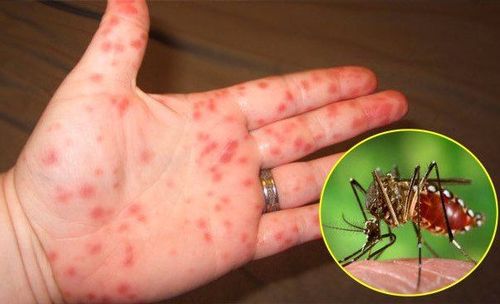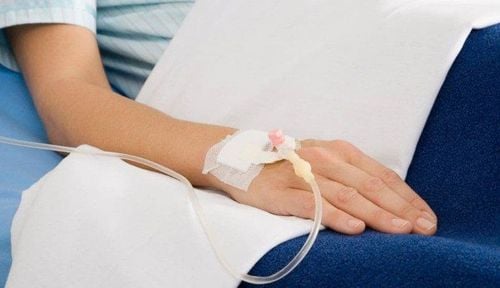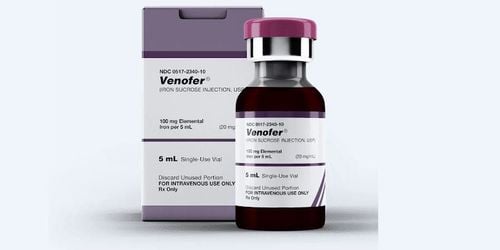This is an automatically translated article.
Articles by Master, Doctor Phan Van Phong - Emergency Resuscitation Department - Vinmec Central Park International General Hospital
Dengue virus causes severe or non-severe clinical conditions. The treatment of the disease is relatively simple if the patient is treated in time. In some cases CRRT is also indicated for the treatment of Dengue
1. Overview of Dengue fever
Dengue hemorrhagic fever (DHF) is an acute infection caused by the dengue virus and transmitted to humans by the Aedes aegypti mosquito. Most cases of dengue-D shock improve after treatment according to WHO protocol. However, some cases of dengue-D shock still do not improve after many hours of treatment, with manifestations of prolonged shock with multiple organ damage such as respiratory failure, liver failure, kidney failure, coagulation disorders, bleeding. Digest. Multi-organ failure syndrome leads to death if not treated promptly as well as do not have enough treatment facilities. The application of continuous dialysis has good effect for cases of dengue shock with multi-organ failure has brought positive results, improving the mortality rate.
However, organ damage in dengue is a major challenge for clinicians. Does not occur with too high frequency but has a poor prognosis. Dengue virus has a wide affinity for organs (liver/lung/myocardial/renal tubule...). Therefore, the active protection of organs through aggressive anti-shock, timely management of bleeding, ensuring adequate oxygen supply to the tissues.
2. Indication of CRRT in Dengue hemorrhagic fever
Blood creatinine increased > 1.5 times the normal value with anuria or oliguria (urine < 0.5 ml/kg/h) for ≥ 6 h Blood creatinine increased > 1.5 times the normal value with an increase in K+ > 6.5 mmol/L or severe metabolic acidosis (pH < 7.2) Severe acidosis (pH < 7.1 and HCO3 < 10 mEq/L) Severe circulatory overload unresponsive to medical therapy Requires blood transfusion and medications blood, but the patient has a high risk of pulmonary edema
3. Dialysis mode
CVVH(F): (Continuous Veno – venous Hemofiltration) CVVHDF: (Continuous Veno – Venous HemoDiaFiltration)
4. Dialysis parameter setting
Treatment parameters are as follows:
Blood flow 10 – 500ml/min Substituate 600 – 4200ml/h Dialysate 600 – 4200ml/h Ultrafiltration 0 – 1800ml/h UF goal 0 – 10000ml Cont. heparin adm. 0 – 25ml/h Heparin bolus 0 – 5ml Temperature 35 – 39 degrees C
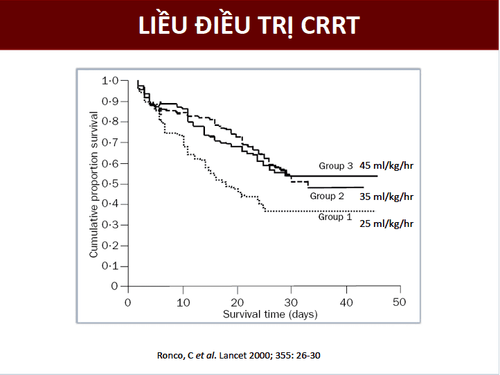
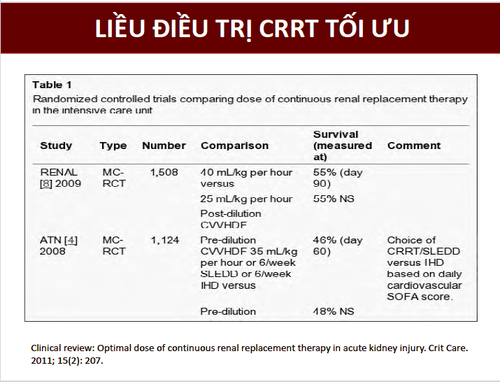
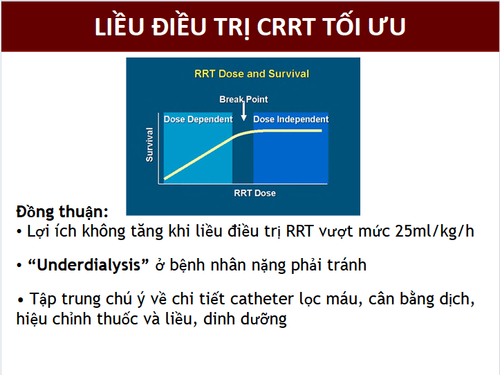
5. Monitor dialysis
The parameters to be monitored are as follows:
Filtration fraction Arterial pressure Venous pressure Transmembrane pressure (TMP) Pre-membrane pressure Clinical: TD, DHST, I/O, bleeding Tests: NSCLC, BM, blood ionization Warnings: weighing, fluid change, temperature Apply preventive measures for NCDs
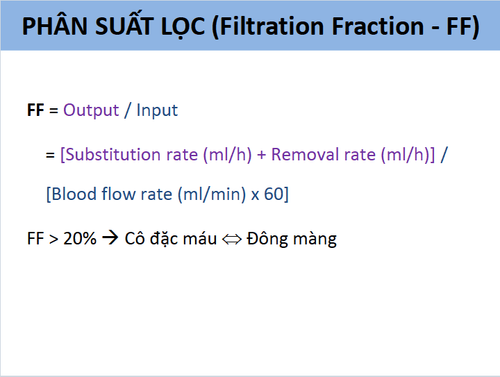
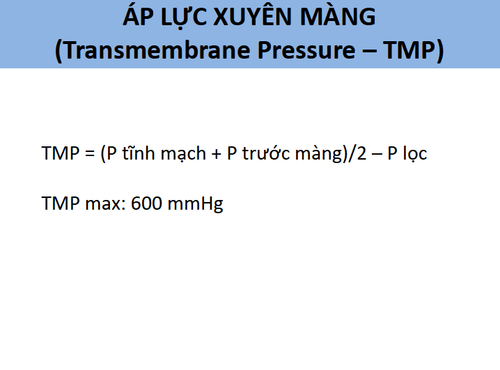
6. CRRT alarms and handling
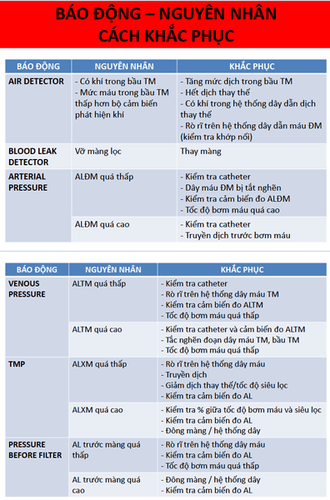
Please dial HOTLINE for more information or register for an appointment HERE. Download MyVinmec app to make appointments faster and to manage your bookings easily.





